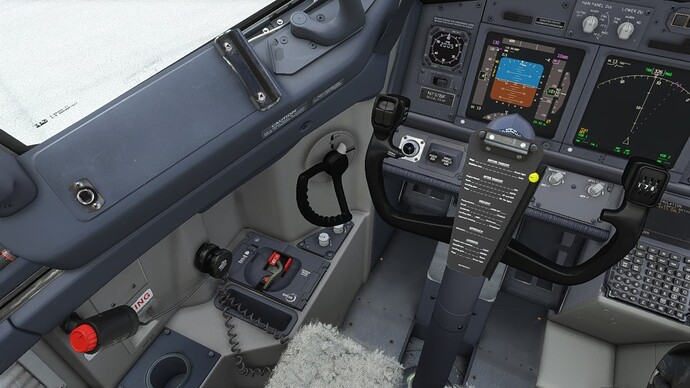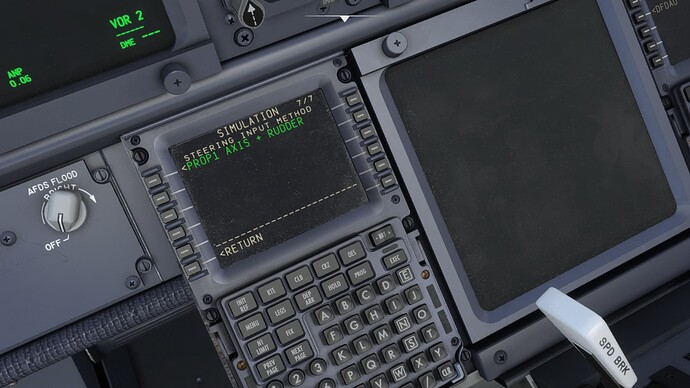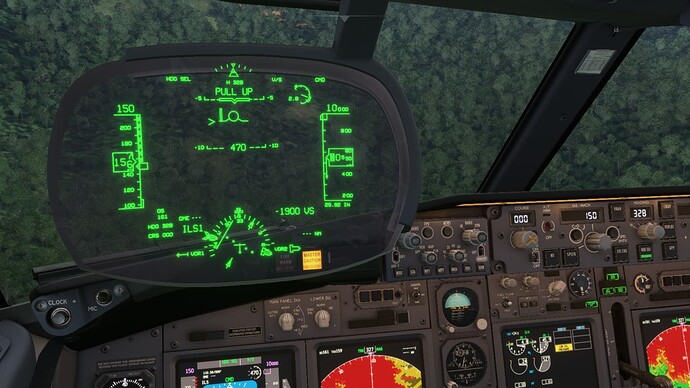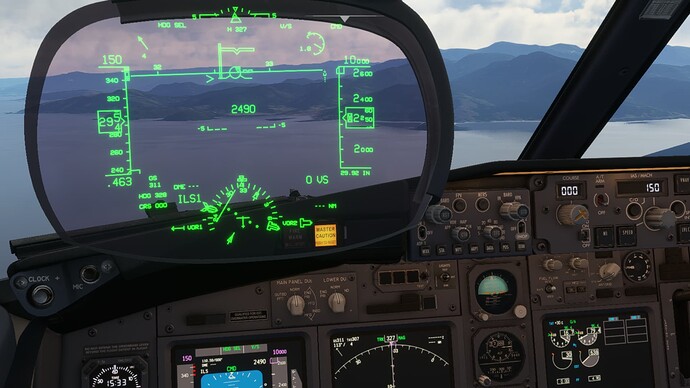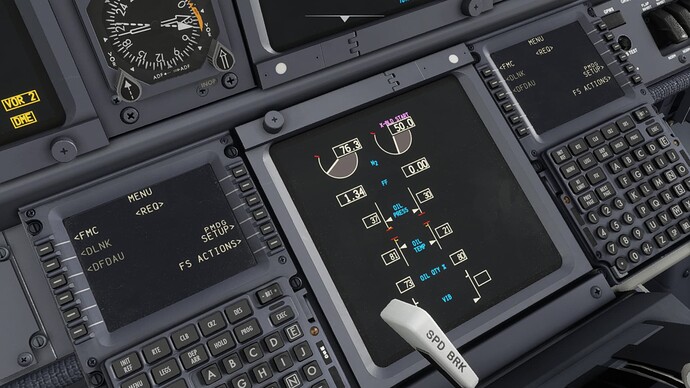Ok, it’s gonna be a long post.
I think you’re a bit confused there with what ETOPS means. The flight characteristics of an ETOPS airplane are identical to a non-etops airplane. Both fly identically on one engine. Most of the ETOPS certification lies in aspects that have nothing to do with the airplane.
For an airline to be able to fly ETOPS, not only the airplane needs to be ETOPS, but also the airline itself, the crew, the operations manual, the training program and many other aspects of the whole operation. ETOPS is basically 95% paperwork. If an airline without ETOPS certification buys a A350, they still cannot plot their routes according to ETOPS. For example, some years ago AirFrance lost the ETOPS180 certif and had to downgrade to ETOPS120 on the 777. The airplane didn’t change. SriLankan Airlines completely lost ETOPS on their a320/321 NEOS. The airplanes didn’t change.
Non-etops only means that the routes must be plotted within the “diversion distance” from adequate aerodromes. The “diversion distance” for non-ETOPS routes is 1 hour at the OEI speed in still air (one engine inoperative). On the 737-800 this distance is 427nm and on the 737-700 it’s 416nm (It doesn’t matter if it’s over the ocean or over Africa).
Within one airplane type, for example the 737, the difference between ETOPS and Non-ETOPS versions is usually about having and extra generator (like the HDG on the 757) or an extra cargo extinguisher bottle (Like on the 737). Since the 737 only has 2 main generators, for ETOPS operation the APU has to be switched on before entering an ETOPS segment (And carry the fuel required for this).
Get yourself a 737 QRH (google) and you’ll find the “engine fire or engine severe damage or separation” and the “engine failure or shutdown” checklists. These checklists will direct you to the “one engine inoperative landing” checklist. There you will find that single engine approaches on the 737 are done with flaps 15 (F1 for go arounds). You will also find that autothrottle cannot be used with one engine inoperative and that the airplane will not be capable of dual channel approaches (no autoland). Also, if you lose one engine in the terminal area, you would never fly 300 knots. Your goal is to stay within the MSA. You’d be flying holding speeds while you read checklists and prepare to land. If you lose one engine in cruise, you would be using the driftdown tables to determine the altitude and the speeds that you need to fly to reach a suitable airport.
Don’t try to reinvent the way the airplane is flown. We don’t wing it. It’s all written. Shut down one engine and trim the rudder. Establish the airplane in a hold (Watch your airspeed. Manual thrust), and read the QRH SLOWLY.
Here’s a QRH for you. Make sure you read the checklist instructions on page 783. It wouldn’t be a bad idea to be able to use this PDF inside MSFS with some PDF reader plugin that I’m sure exists somewhere. Isn’t PMDG the definition of “study airplane”…
https://aviaforum.ams3.cdn.digitaloceanspaces.com/data/attachment-files/2013/11/616397_c032fd6493cfbdc1527928147668092a.pdf
![]() now the tiller is connected to the yaw-axis of the X52 Professional HOTAS that also presses in the right or left rudder panel.
now the tiller is connected to the yaw-axis of the X52 Professional HOTAS that also presses in the right or left rudder panel.
